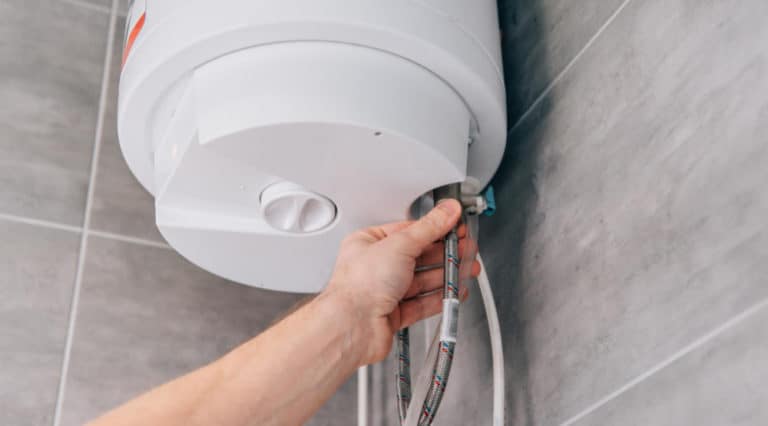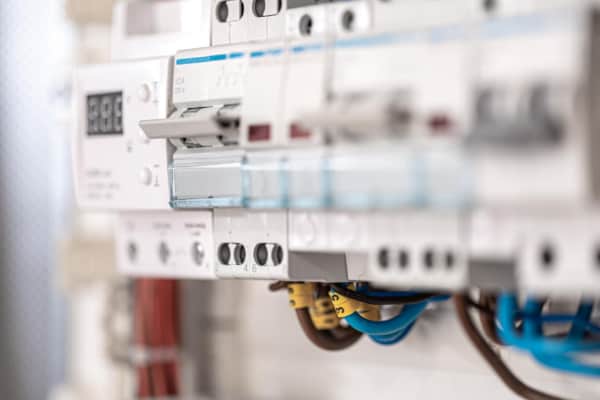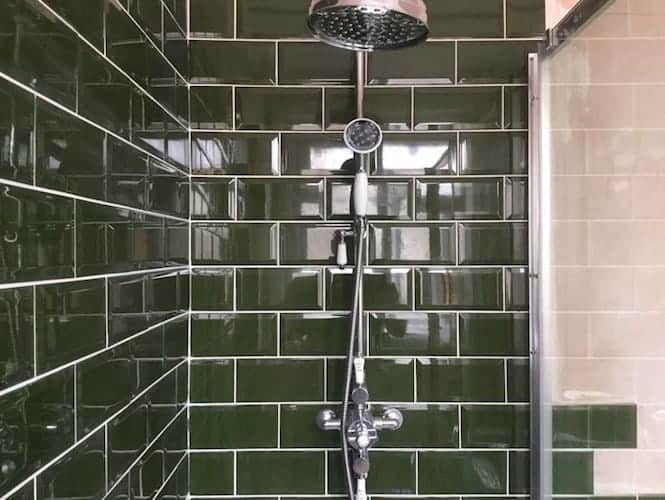Find My Local Expert How to Troubleshoot and Fix Electric...
Read More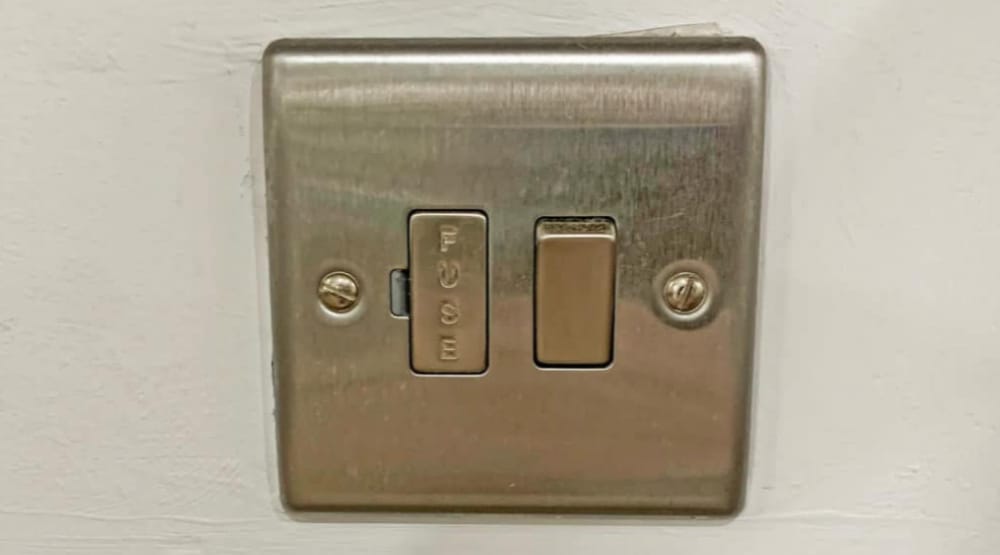
Do I Need to Have Isolator Switches for my Appliances?
The electrics of our homes and businesses can be tricky when things need replacing, repairing, or installing from new. One of the reasons for this is that we all understand how complicated and, above all, dangerous electrical systems can be. Unfortunately, we don’t always trust that our tradespeople have our best interests at heart. It’s common to feel as though the plumber, builder, or electrician you have hired is taking the path of least resistance, even when that costs you more money. It’s also sadly common to worry that your tradesperson is being dishonest with you.
Now, we certainly do not recommend taking on any work yourself if you are not qualified to do so, but having a little understanding of the things you are hiring professionals for can help you rest a little easier, knowing you are not being taken for a ride.
In this post, we are going to take a look at isolator switches. What are they? When do you need them? Where should they be installed? Hopefully, by the end of this post, you will have sufficient knowledge to know when to ask your electrician to install an isolator switch (if they don’t suggest it themselves) or to question them if they claim you need one where you don’t.
Again, we want to stress, this is not intended as any kind of “how-to” guide. You should always hire a qualified professional electrician to take care of significant electrical work (unless you are one yourself). Rather, this is just intended to help you understand some of the fundamental aspects of isolator switch functionality and placement.
Safety and Redundancy
We’ll get into what an isolator switch is specifically, but first, we want to touch on the type of electrical fixture that an isolator switch is. Electrical systems are, as mentioned above and as you probably know, dangerous. Electrical issues can happen in such a way that something could be fatally electrified and you would have no way of knowing by looking at it.
For this reason, we have many safety features built into our electrical systems, both to prevent problems from occurring in the first place, and to protect people and property when those problems do occur. Isolator switches are one such safety measure, intended to make your electrical systems a little bit less likely to injure in the event of a problem.
Isolator switches are manual safety fixtures, meaning an individual needs to operate the switch for the safety feature to work. This is in contrast to certain other safety features—such as fuses and circuit breakers—which operate automatically in the event of an electrical problem. Fixtures like isolator switches also make it possible to work on small parts of your electrical network safely without having to cut power to the entire property.
What is an Isolator Switch?
Simply put, an isolator switch is a switch that “isolates” part of your electrical network. The most obvious comparison to make would be to the switches on your regular wall sockets. When something is plugged into those wall sockets and it is switched on, the appliance becomes part of the electrical network. When you switch the socket off, you isolate that appliance from the electrical network by cutting it off from the power.
Isolator switches are essentially this, except they are physically part of the electrical circuit—you can’t just unplug the appliance in question like you could a lamp, or vacuum cleaner.
This is typically because the appliance in question has higher power requirements than your average consumer appliance that plugs into a standard 13 amp wall socket. And with that higher power requirements comes a greater level of danger in the event of an electrical failure.
So, while the appliance in question may be hardwired into your electrical network, the isolator switch allows you to cut power to it with the flick of a switch, either in the event of a problem or simply because repair or maintenance work needs carrying out and it is convenient to isolate that part of the electrical network.
What is the Difference Between an Isolator Switch and a Circuit Breaker?
You may hear the isolator switch being used interchangeably with “circuit breaker” from time to time. Hopefully, you don’t hear it from a qualified electrician, because these two fixtures are very different.
While it’s true that an isolator switch does break the circuit in the literal sense of the phrase, a circuit breaker is a name given to a specific type of fixture. Circuit breakers act automatically when a problem occurs. They do this by detecting overloaded circuits or shorted circuits and breaking the circuit instantly when that happens.
This functionality is essentially the same as a fuse, but unlike a fuse, circuit breakers can be reset—after the problem has been resolved, of course—so that un-breaking the circuit is often a simple matter of flicking a switch on the breaker.
In contrast, fuses work by utilising a small piece of metal with a carefully managed maximum capacity of electrical current. If the current going through that piece of metal is too high, the metal will quickly heat up and melt, breaking the circuit. Fuses are effective, but they need replacing any time one blows.
As mentioned earlier, isolation switches break the circuit when they are manually operated. As well as their usefulness in maintenance and repair situations, they are also useful for situations where you know something’s wrong—perhaps you smell electrical burning or hear unusual noises from the appliance—but the problem has not yet tripped a circuit breaker. In these cases, it is best not to touch the appliance, but you can turn it off using the isolation switch while you wait for your electrician to come and fix the problem.
What Appliances Need an Isolator Switch?
As you might expect from the fact that most of the appliances we use have a regular plug fitting for connecting up to standard electrical wall sockets, isolation switches are not necessary a lot of the time. However, some appliances we use on a daily basis typically do require isolation switches, and we’ve detailed three of the most common ones below;
#1 Electric Ovens
Though many ovens are available in small enough ratings to be connected to a regular wall socket, many others require their own circuit. In these cases, it is usually best to install an isolation switch. Indeed, it is a legal requirement in many cases, and a lot of homeowners opt to fit an isolation switch for their oven regardless of whether it needs to be on its own circuit.
For safety reasons, having an isolator switch for your oven is a wise move because it means that in the event of a fire, you can shut the oven off without needing to touch your oven’s controls.
#2 Electric Showers
While every precaution is taken in the construction of electric showers, the prospect of something going wrong should always be accounted for, which is why it is common practice to fit a local isolation switch on them. It should be noted that, unlike electric ovens, there is no law requiring an isolation switch on your electric shower. Generally speaking, the circuit breaker in your fuse box is considered enough. That being said, despite that lack of a legal requirement, it is very common to see electric showers with their own isolation switches.
And it makes sense. If the unthinkable were to happen and something went wrong with your electric shower without tripping the breaker, you’re dealing with something that could be wet. Water and electricity are not a good mix.
#3 Immersion Heaters/Water Tanks
For most of the reasons we’ve just stated for both electric ovens and electric showers, you will usually find immersion heaters and similar systems given their own isolator switch. Like those other appliances, immersion heaters convert electricity to heat, which uses a lot of electricity.

Where Should They be Located?
The location of your isolation switch will depend on the circumstances. For example, an isolation switch for a shower is not legally required, so you could put it wherever you wanted. That being said, we’d recommend having it near the shower, though not so near that it’s in danger of getting wet. Ovens, on the other hand, are required to have an isolator switch nearby. Typically within 300mm (horizontal distance) of the oven itself.
In situations where there are no laws or guidelines to direct you, you should aim to get the isolation switch somewhere convenient but not so convenient that someone might accidentally switch it off. Never put it right next to the appliance, however. If there is an electrical issue, you may not be able to get that close.
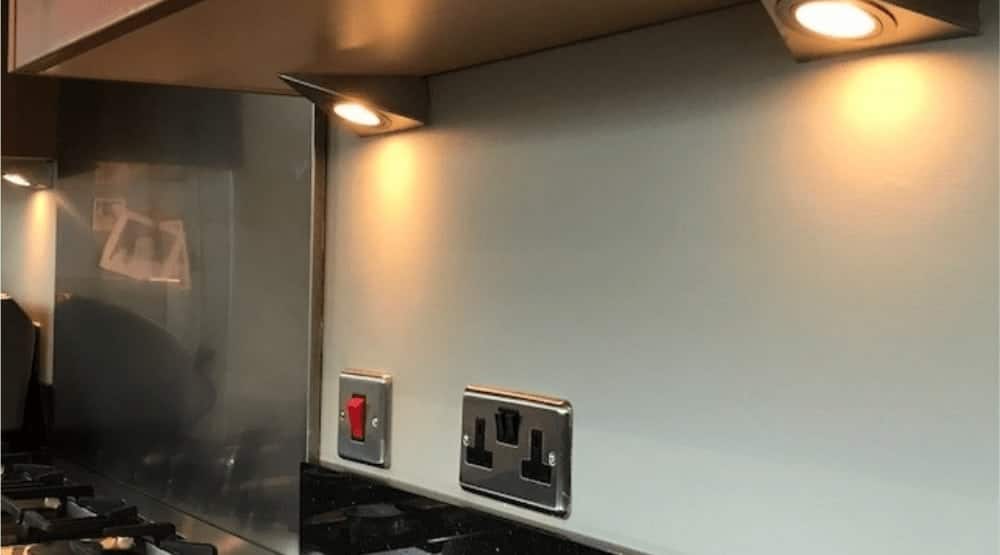
Conclusions
Whether an appliance has developed a fault that is unsafe to disconnect from the electricity, or you just need to shut the power off for a short time to carry out some work, an isolation switch will benefit you greatly over the alternative.
You May Also Like...
How to Prevent Your Circuit Breaker From Tripping
Find My Local Expert How to Prevent Your Circuit Breaker...
Read MoreElectric Shower Installation Overview
Find My Local Expert What you need to know when...
Read MoreElectric Cooker Installation
Find My Local Expert Getting Ready for an Electric Cooker...
Read More9 Appliances That Can Trip Circuit Breakers
Find My Local Expert 9 Appliances That Can Trip Circuit...
Read MoreOur Electrician can install it for you!
My Trusted Expert Guarantee
Experts Have Been Vetted & Approved
